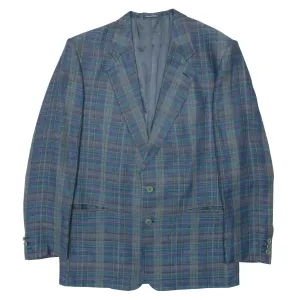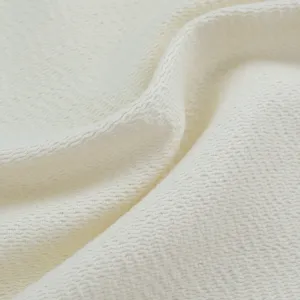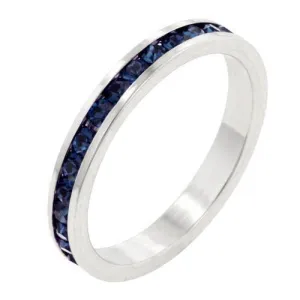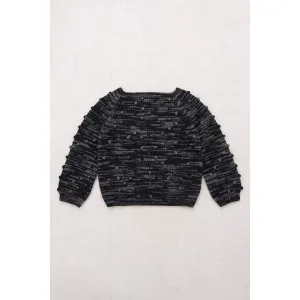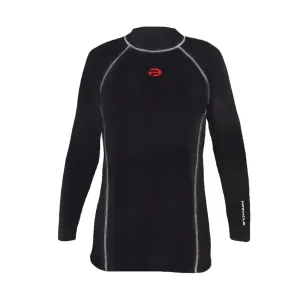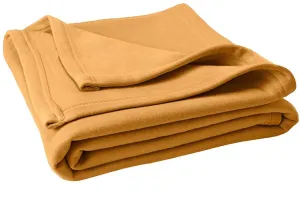Slate plaid linen, seafoam overcheck, machine-calibrated cuts, and Riviera restraint—the Marzotto blazer fuses Northern precision with Southern sprezzatura codes.
Principe by Marzotto’s linen blazer embodies the precision and polish of Italian industrial tailoring, channeling a distinctly Southern aesthetic through the lens of a Northern textile titan. Unlike boutique tailoring houses rooted in Naples or Palermo, this piece emerges from the legacy of Marzotto Group, one of Italy’s most influential textile conglomerates. Founded in 1836 in Valdagno, Veneto, Marzotto built its empire not only on fabric innovation but on its ability to marry artisanal sensibilities with large-scale production. This blazer exemplifies that duality—industrial clarity tempered by Mediterranean grace. Labeled puro lino and Made in Italy, the garment translates traditional warm-weather tailoring into a contemporary industrial register. Its slate-blue base plaid, subtly accented with seafoam and violet overchecks, reveals a mastery of color calibration consistent with Marzotto’s vertically integrated approach—where yarn dyeing, weaving, and finishing often occur within the same production ecosystem. The plaid adheres to a strict 2-inch balanced sett, with pattern continuity preserved across critical junctions—lapels, pockets, and shoulder seams—underscoring disciplined lay planning and automated precision cutting, far beyond artisanal improvisation. The fabric itself is a dry-hand linen in plain weave, featuring visible slubs, crisp body, and a faint iridescence under shifting light—likely the result of alternating lustrous wet-spun flax yarns in both warp and weft. This isn’t mere aesthetic flourish; it reflects Marzotto’s capacity to engineer functional luxury textiles at scale. Twisted yarn construction ensures structure and crease resistance while retaining linen’s breathability and tactile irregularity. Technically, the textile is a distant descendant of madras plaids and tartans—summer check archetypes reinterpreted for the postwar European leisure class. Its reinterpretation here, however, speaks to a Riviera aesthetic processed through Veneto’s industrial filter: refined, efficient, and engineered for elegance. The garment follows the sacco jacket construction logic—soft tailoring that minimizes internal architecture while preserving external structure. There’s no heavy canvassing; shoulder expression is natural, padding minimal, and the chest likely features light fusing or a soft interlining. The lapels, cut at approximately 3.25” in width with a moderate notch, carry a gentle roll that aligns with Marzotto’s understated, utilitarian vision of sprezzatura—not the loose exuberance of Neapolitan roll lines, but a tidier, controlled fluidity. Sleeves are two-piece and lightly shaped, with a clean sleeve head and no roping, set with enough ease to accommodate movement without distorting the armhole. The sleeve cap’s setting—impressively clean given the rigidity of linen—points to industrial sleeve-setting precision, likely supported by digitally calibrated sleeve crowns and automated sewing systems. The lining, a silver-blue viscose or acetate twill, is cleanly bagged with topstitching visible along the front facings and hem—a nod to machine-driven finishing standards, not bespoke couture. Internally, the garment is fortified by modern construction logic: fusible reinforcements at dart points and stress zones, flat-pressed seams, light overlocking at raw edges, and bias stay tape along the shoulder seam. The undercollar is felt-backed, a detail retained from classic tailored construction, adding moisture absorption and collar stability. Buttonholes are machine-stitched but dense and precise—reflecting high-grade industrial buttonhole machinery calibrated for exacting production runs. Details include a two-button front with faux horn buttons, a single rear vent, two flap welt pockets aligned to the plaid, a slanted welt chest pocket, and four non-functional kissing buttons at the cuff. The inner structure includes standard welted breast pockets, one with a loop-and-button closure. Psychologically, the blazer channels a concept of villeggiatura as experienced not by the idle aristocracy but by the postwar professional class: elegant yet industrious, well-traveled but pragmatic. It’s a garment made not for languorous promenades but for gallery visits, outdoor board meetings, and informal diplomatic gestures. The color scheme—cool-toned yet slightly eccentric—reinforces a kind of intellectual Mediterranean poise, more attuned to Venice than Capri. In a broader historical sense, this piece aligns with the late 20th-century boom in Italian textile exports, when firms like Marzotto led the charge in producing high-quality private label garments for European department stores and upscale American retailers. “Principe by Marzotto” likely represents a tier of tailoring produced under in-house or licensed branding—aimed at clients seeking summer tailoring that maintained sartorial codes without succumbing to high maintenance. Today, the garment’s relevance is only amplified by the industry’s renewed emphasis on natural fibers, relaxed tailoring, and materials-driven design. It would not feel out of place in contemporary collections by Massimo Alba, Barena Venezia, or Aspesi—all brands that echo Marzotto’s core ethos: refined utility, understated luxury, and textile-forward design integrity. Where a Neapolitan jacket speaks sprezzatura through artisanal irregularity, this piece speaks the dialect of technical mastery—confident, historically grounded, and Italian.
The textile is a lightweight worsted wool with a semi-lustrous finish, indicating a suiting cloth optimized for transitional or warmer weather. Its woven structure—a modern tartan in slate blue, teal, grey, and a lavender overcheck—signals a more expressive design direction while remaining within the bounds of tailored formality. The subtle sheen of the lining, lapel curvature, and slightly built-up shoulder construction suggest a semi-canvassed garment, likely machine-finished but with controlled precision. This piece exists within the neo-dandy continuum of brands such as Pal Zileri, Richard James, and Samuelsohn, all of which bridge heritage tailoring with bold textiles. The lavender overcheck and polished finish align with Lubiam and Trussini, both of which historically advanced the Italian sport coat as a canvas for pattern play. Marol, Jack Victor, and Barba Napoli uphold high standards of Italian and Canadian tailoring while also embracing color and seasonal experimentation. J. Mueser and Officine Générale echo this expressive spirit through modern European tailoring that fuses classical tailoring with irreverent detail—matching this jacket’s balance of structured form and patterned play. The lapel roll and chest pocket treatment suggest restrained Neapolitan flourishes, which connect it to PT01, Canali, and Spier & Mackay, each known for Italian tailoring tropes modulated for global markets. Hartwood, Corneliani, and Thom Sweeney are further aligned with this garment’s moderate expression—well-proportioned and wearable without compromising distinctiveness. From the second list, Eleventy, Tagliatore, and L.B.M. 1911 all reflect the directional evolution of Italian tailoring—applying vivid fabrics and soft-shouldered constructions to jackets intended for lifestyle dressing rather than corporate use. The styling also speaks to Giorgio Armani, particularly in his more experimental seasonal jackets of the early 2000s, where palette, pattern, and proportion created fashion-literate reinterpretations of masculine form. The third list adds dimension to the analysis with Boglioli, Lardini, and Massimo Piombo, three brands that pioneered the “sprezzatura” movement in tailoring. Their use of washed fabrics, relaxed interlinings, and tonal sophistication offers direct lineage to this piece’s ethos—elegant, approachable, and intentionally outside the traditional navy/grey spectrum. Sartorio Napoli, Castangia, and Isaia all provide further Neapolitan lineage, where lighter construction meets bolder textile expression. The balance of relaxed tailoring with vibrant color grounding places this jacket within their shared aesthetic vocabulary. Paul Stuart and Manuel Ritz, both from the fourth list, reflect commercial articulations of this aesthetic. While Paul Stuart brings Ivy-adjacent traditionalism into the realm of expressive suiting, Manuel Ritz typifies accessible Italian flair, leveraging pattern and detail to convey luxury at entry-level price points. This piece inhabits the liminal space between classical construction and color-forward, fabric-led experimentation. Camoshita exemplifies this hybrid space through its signature application of heritage tailoring techniques to playful palettes and loose silhouettes; their interpretation of Japanese-Italian fusion echoes the coat’s confident chromatic composition and semi-structured drape. De Petrillo’s adherence to Neapolitan form—soft shoulders, balanced proportions, vibrant but wearable plaids—provides a direct analogue for the jacket’s restrained exuberance. Ring Jacket, with its Tokyo-based tailoring philosophy built upon modified European templates, shares the same ethos of “soft precision”—garments that feel relaxed but hold their lines with clarity and intent. Jeanerica Tailoring, while often associated with denim, has extended into tailoring with fabric-forward minimalism, matching the coat’s tonal expressiveness and contemporary formalwear appeal. The Anthology’s sinuous reinterpretation of classic British and Neapolitan tailoring, combined with a flair for expressive textiles, mirrors this jacket’s subtle flamboyance—especially in its muted lavender and slate tones. Salvatore Piccolo reinforces the connection through unstructured elegance and an irreverent attitude toward traditional suiting: his approach to color, pattern, and silhouette closely aligns with the garment’s neo-dandy ethos. Lastly, Bastong injects the precision of Korean construction into European silhouettes, favoring fine textiles and intelligent patternmaking over loud branding—echoing the jacket’s fabric-first approach and controlled boldness.
Measurements (cm)
Chest: 55
Length: 78
Shoulder: 48
Sleeve: 65
Size Conversion (approximate)
US Men’s Size: L
EU Men’s Size: 50
SKU: 005072




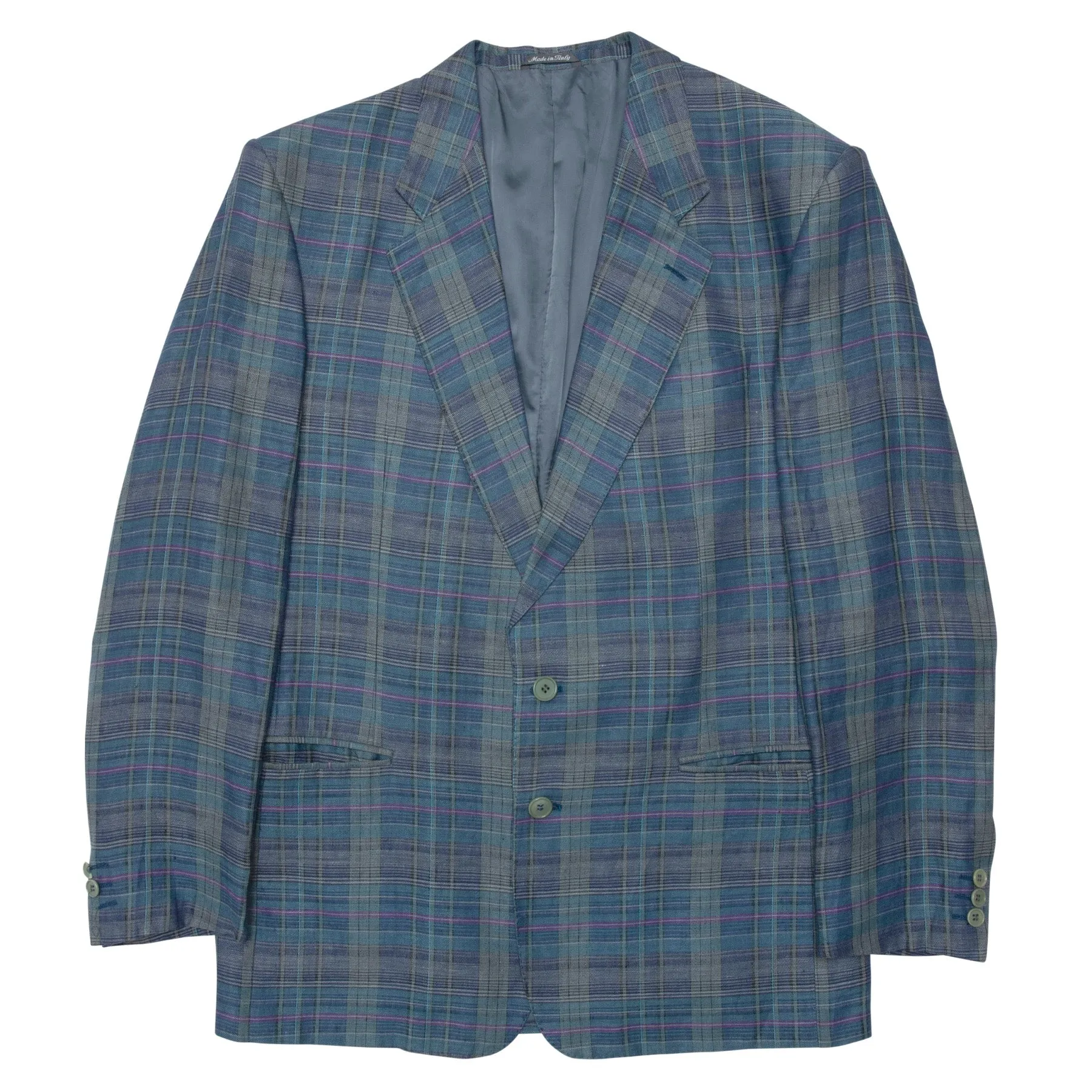
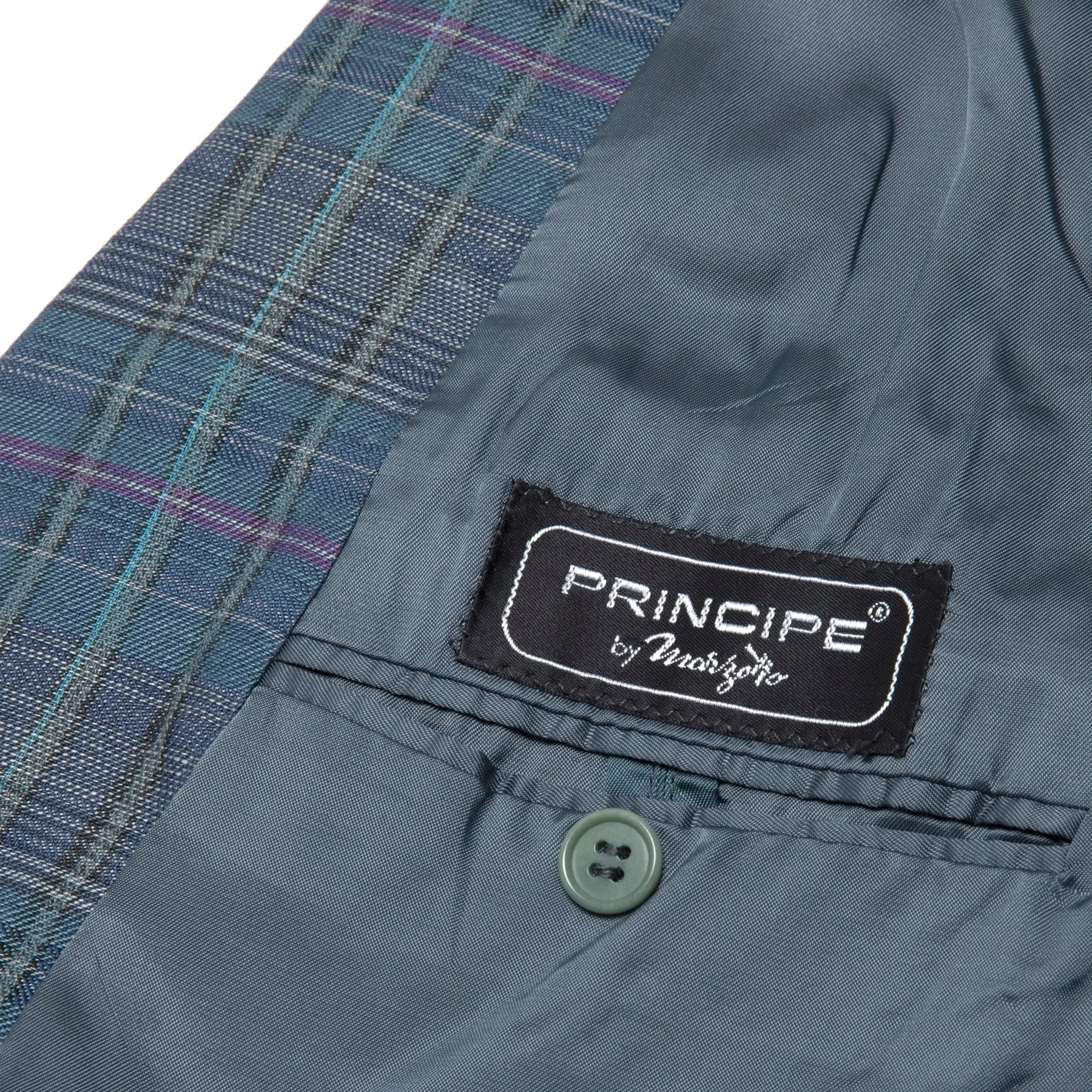
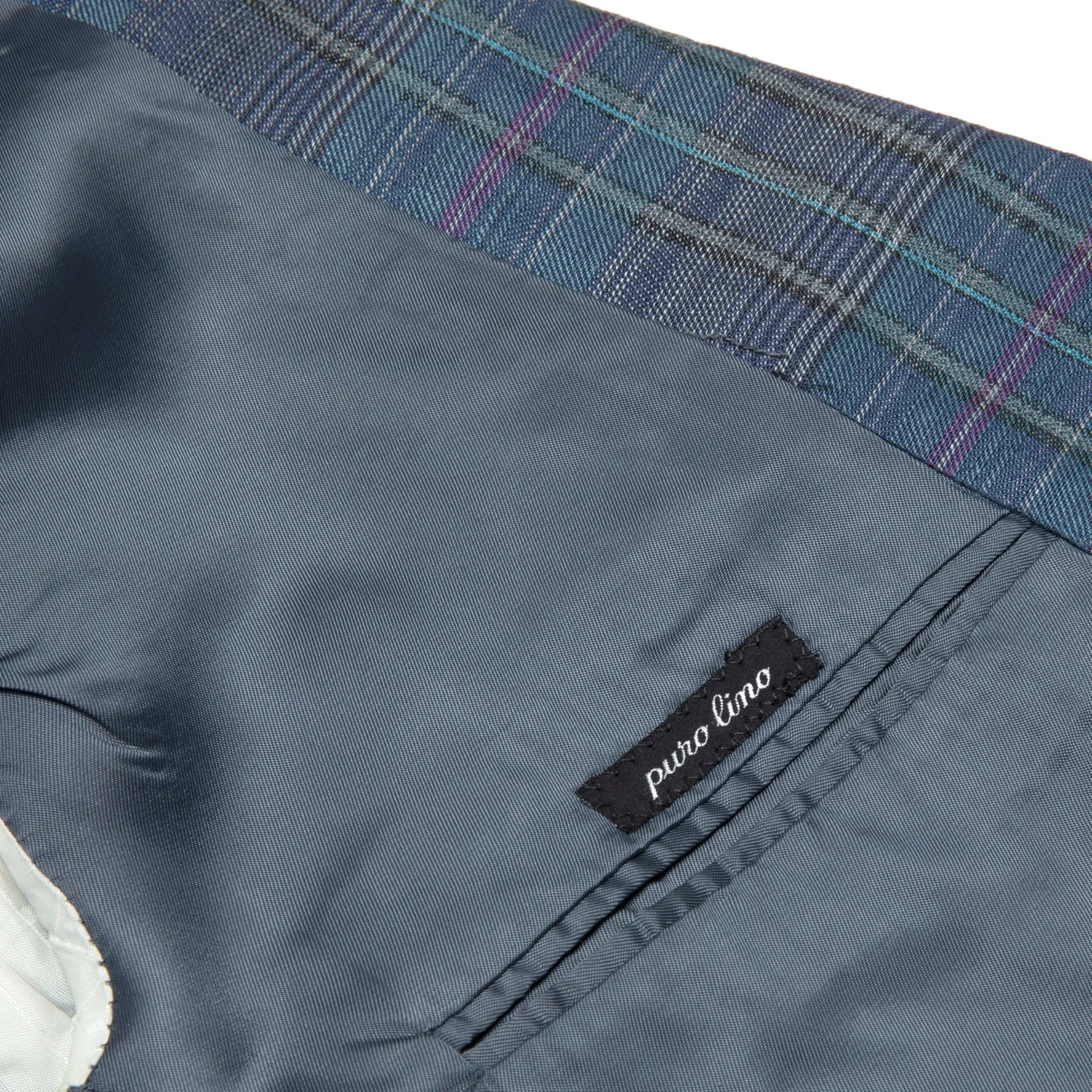
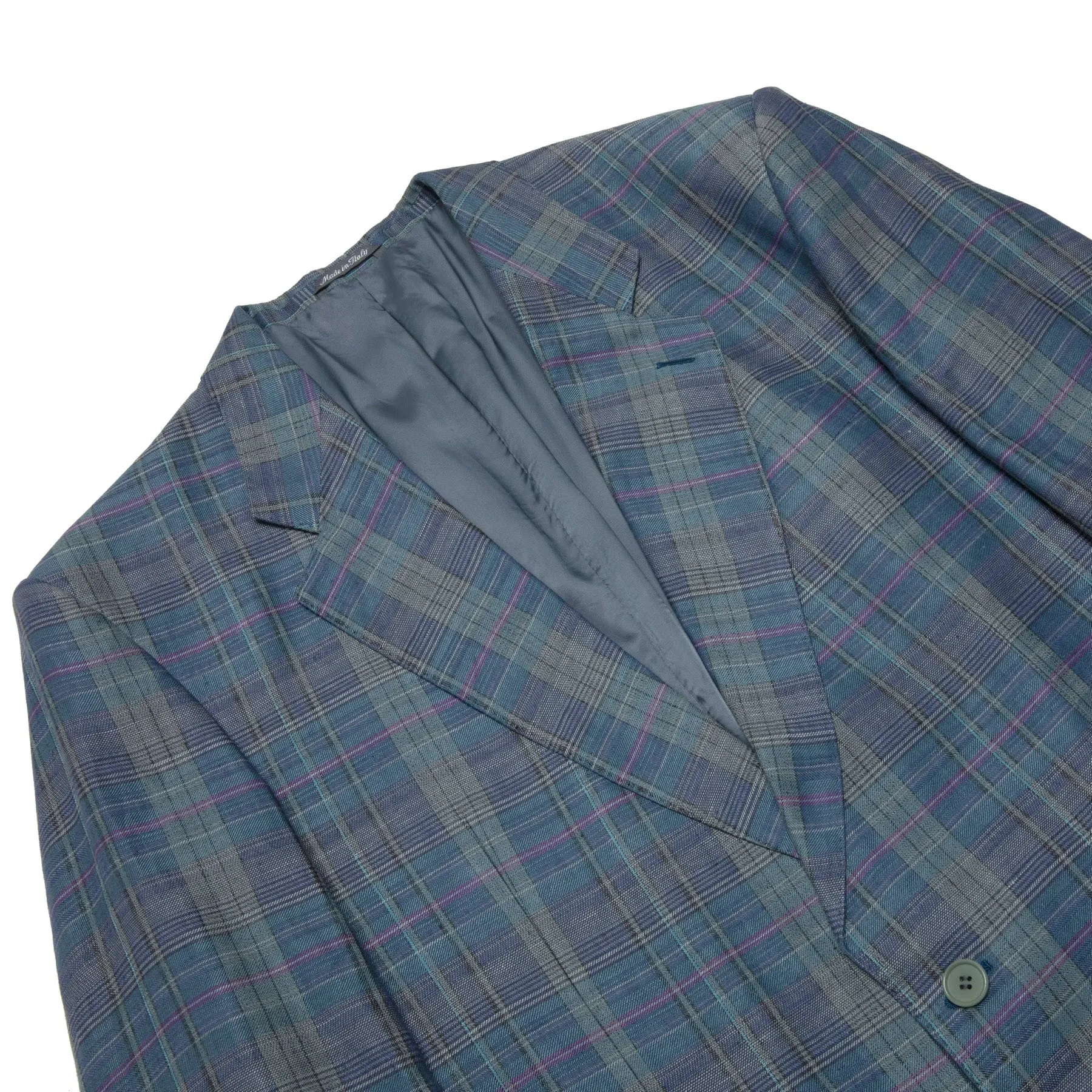
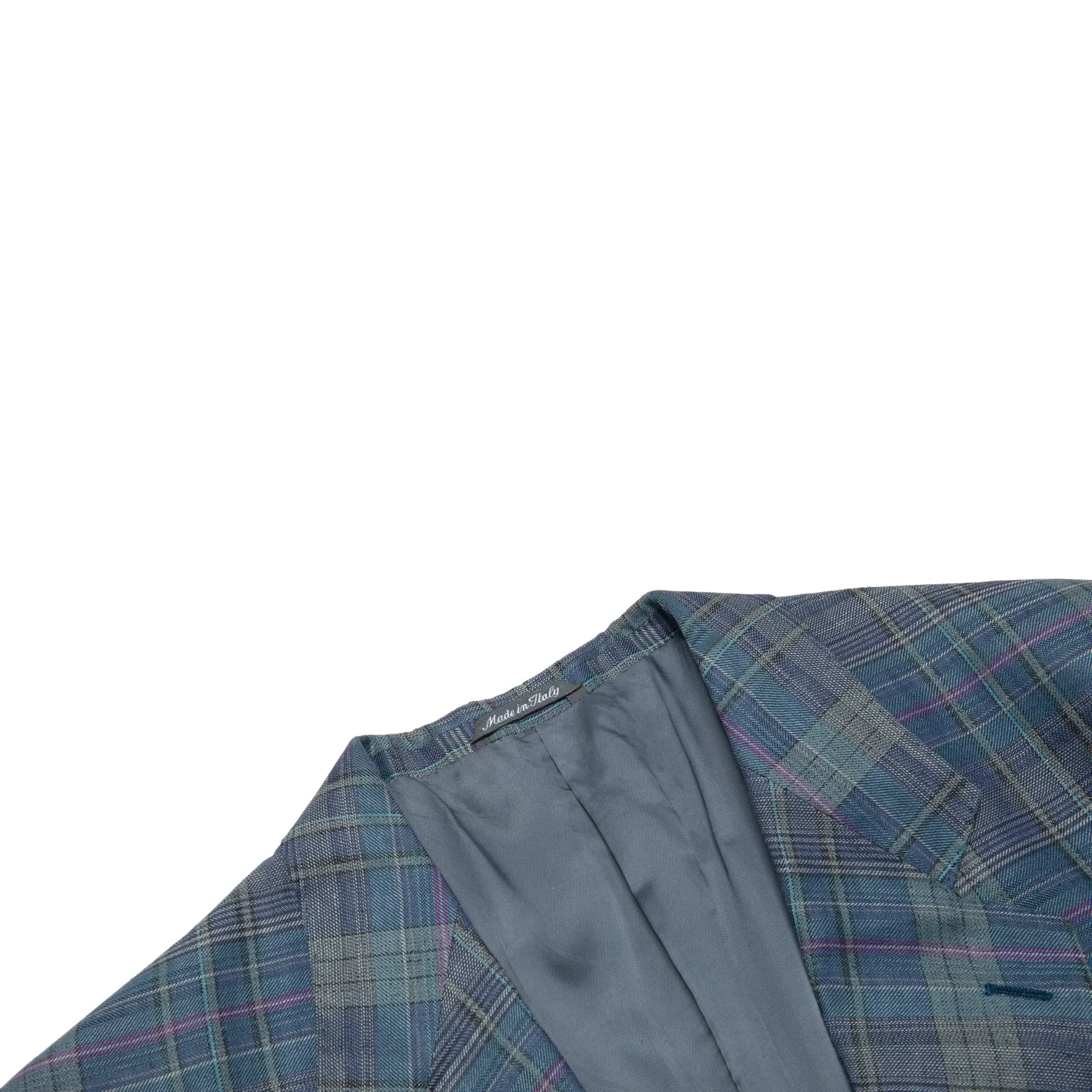
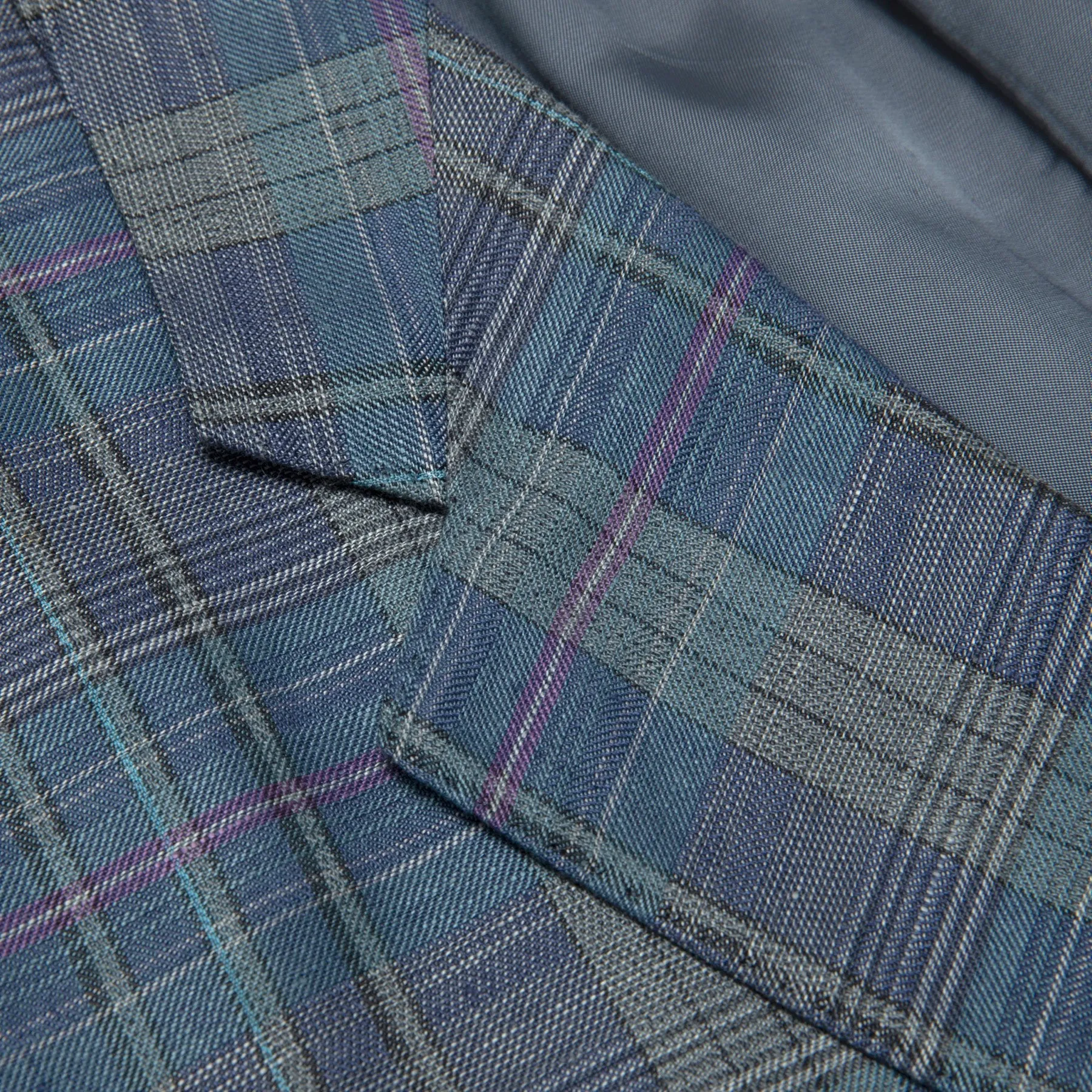
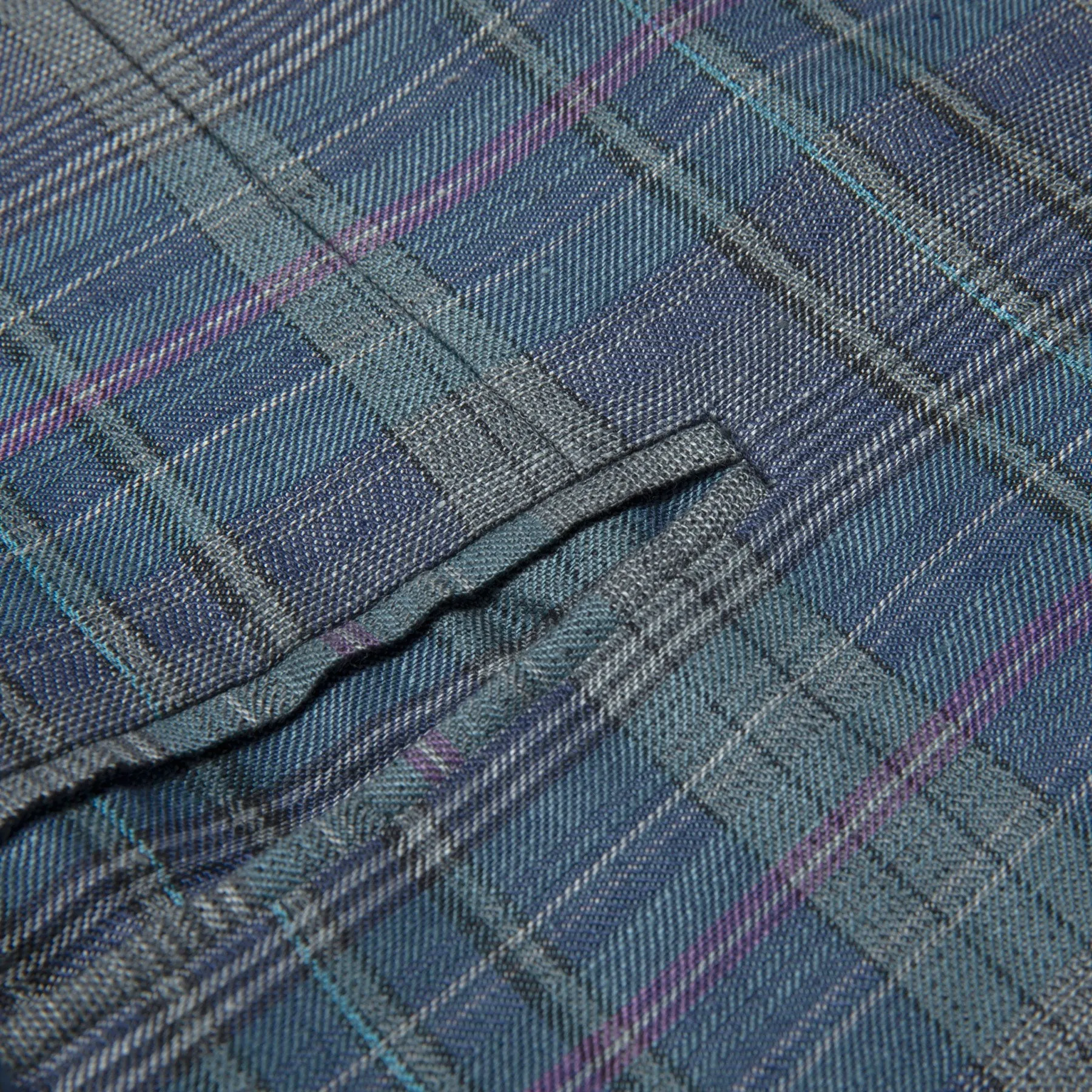
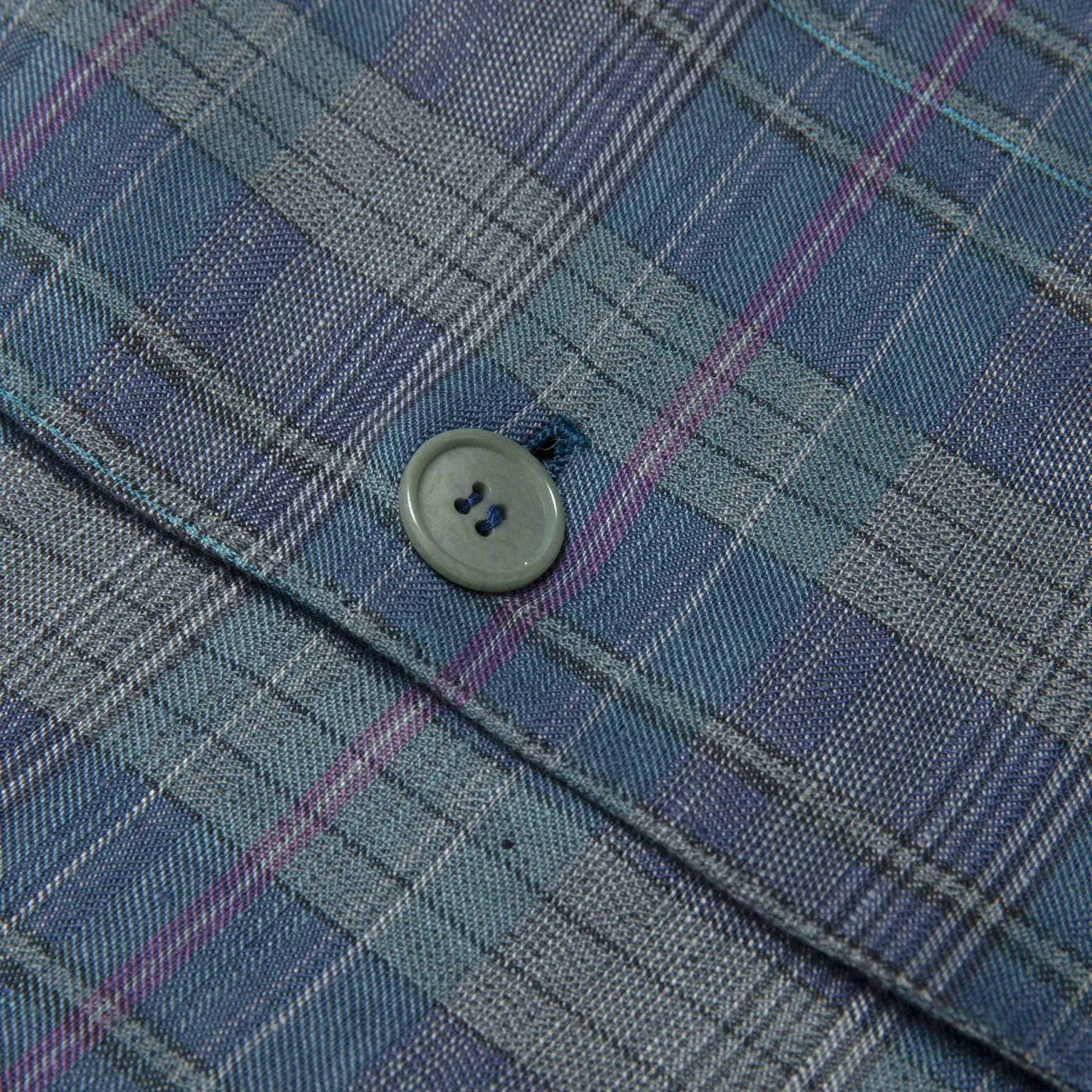
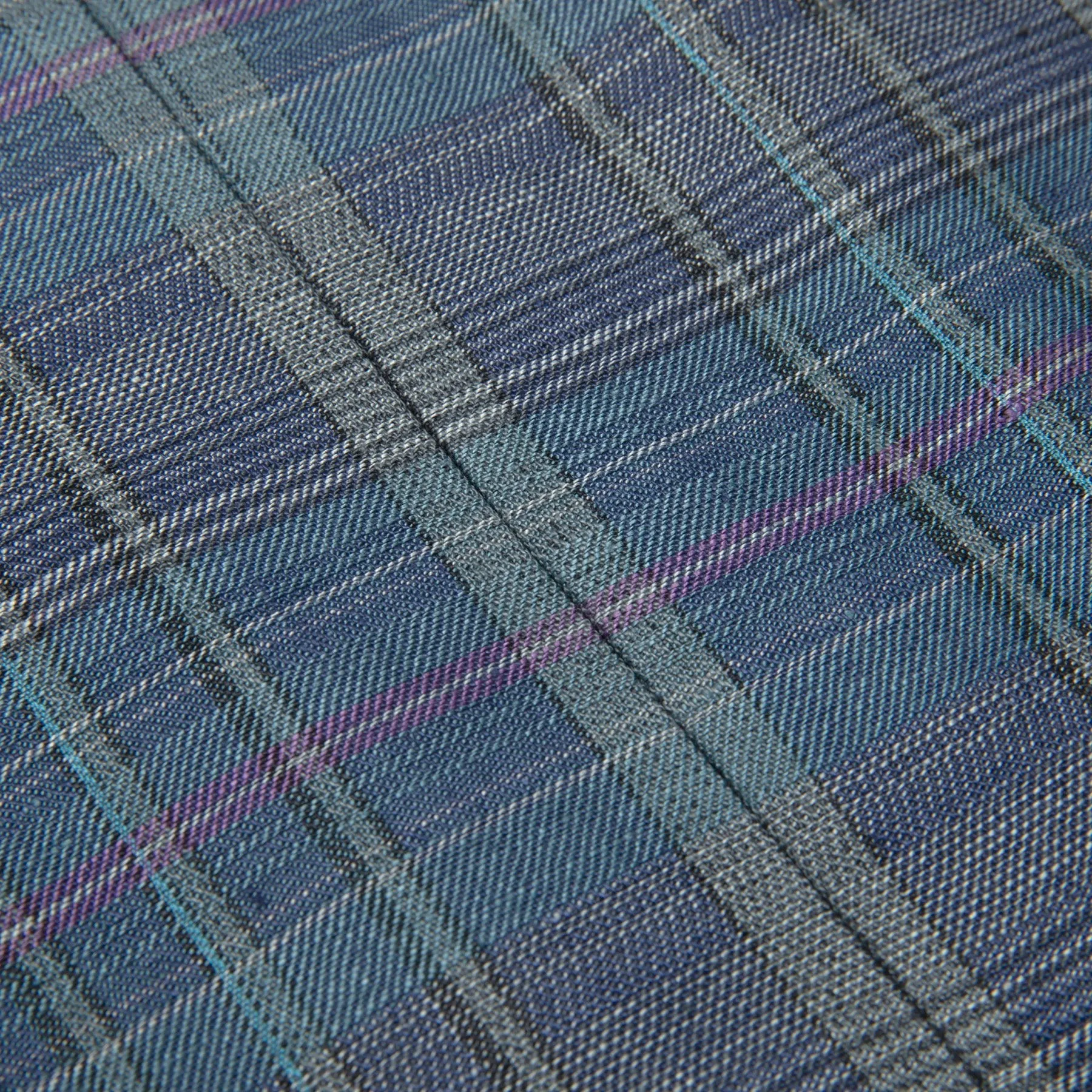
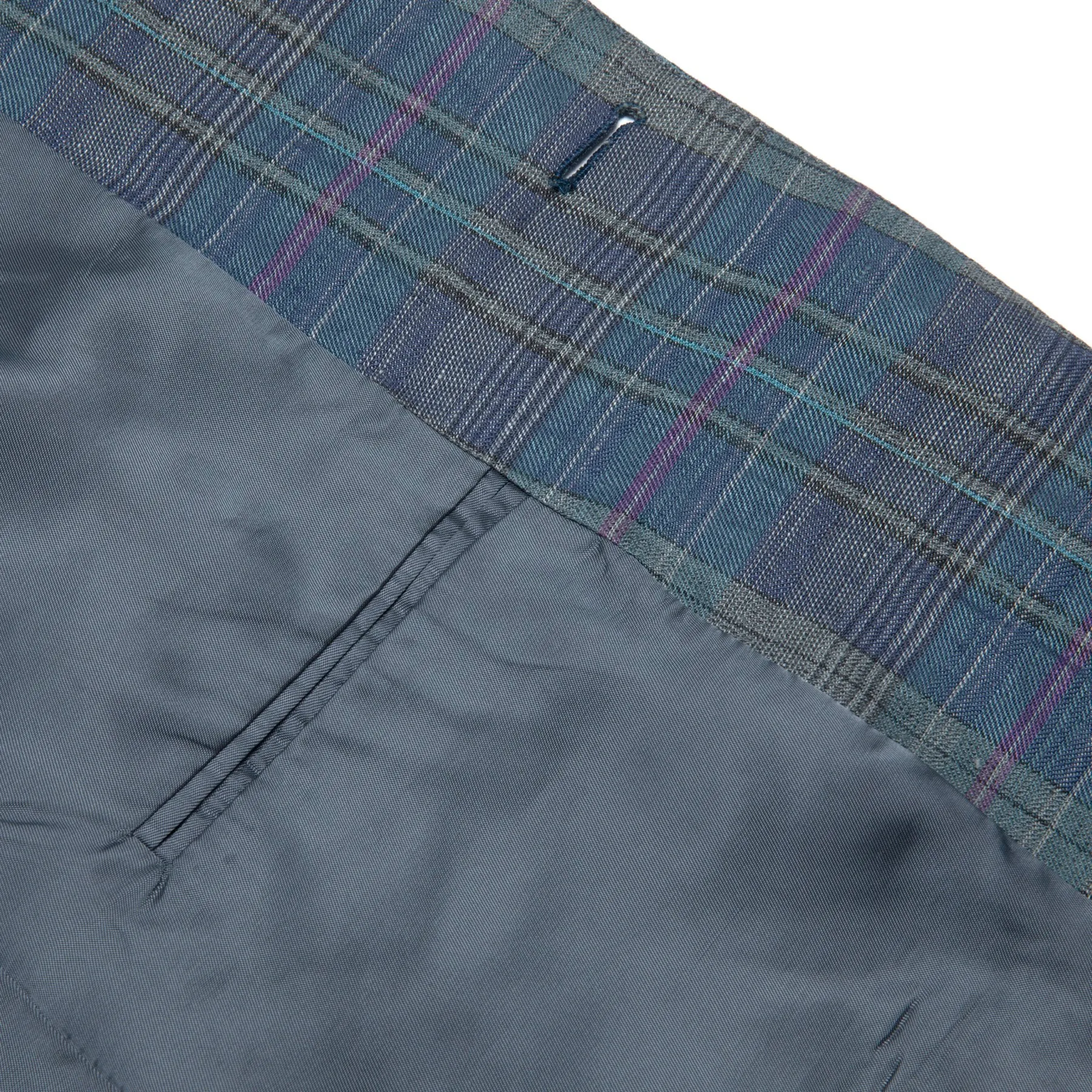
![Marlee Cropped Puffer Coat - Brown [For Love and Lemons] Marlee Cropped Puffer Coat - Brown [For Love and Lemons]](https://www.chilltops.shop/image/marlee-cropped-puffer-coat-brown-for-love-and-lemons_TZaAWJ_300x.webp)
